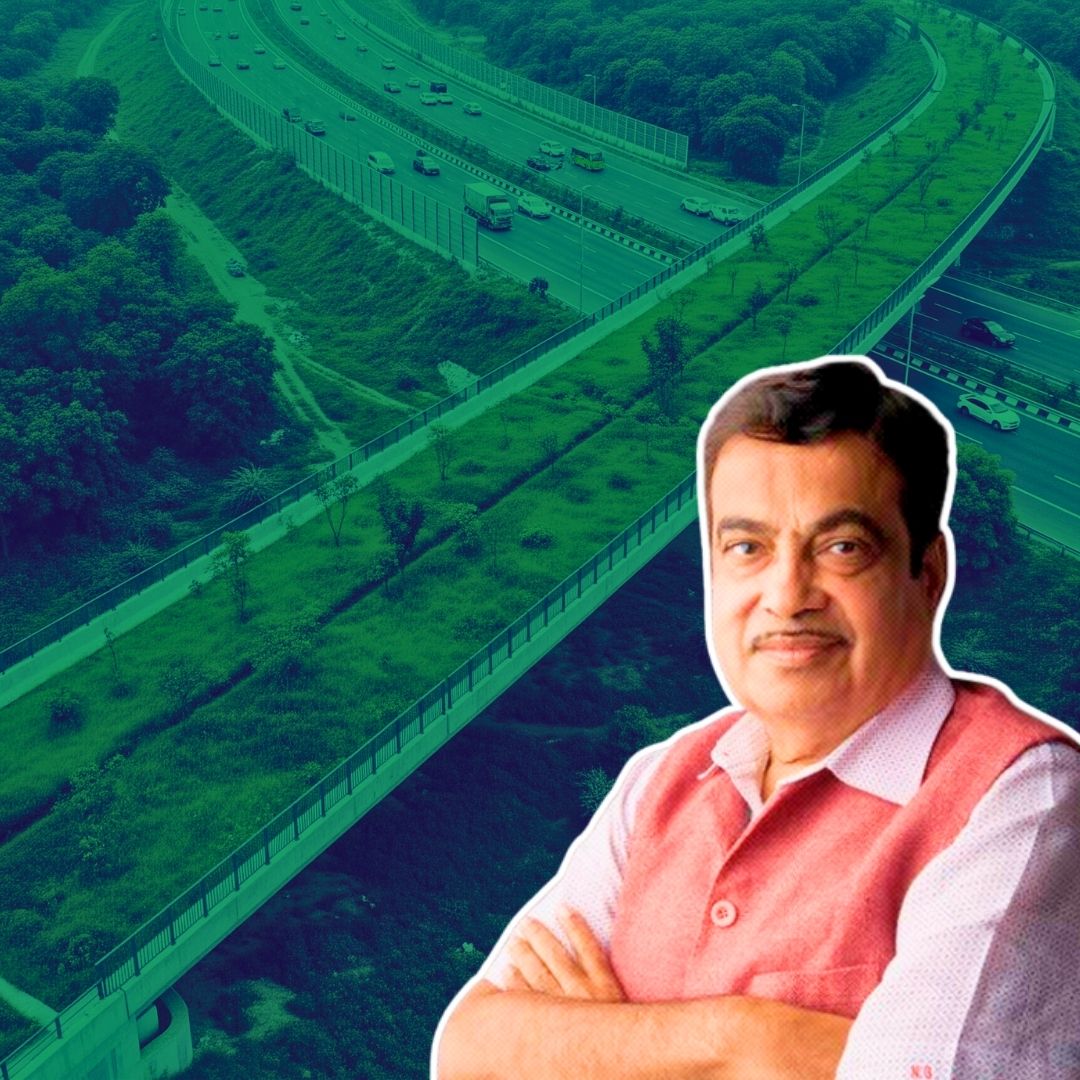India has inaugurated its first dedicated animal overpass corridor on a 12-kilometre stretch of the Delhi-Mumbai Expressway near the Ranthambore Tiger Reserve buffer zone.
Developed by the National Highways Authority of India (NHAI), the project features five wildlife overpasses (each 500 metres long) and India’s longest wildlife underpass (1.2 km), ensuring safe passage for tigers, bears, leopards, and other species while minimising human-wildlife conflict.
With eco-friendly features like 35,000 trees planted, rainwater harvesting, and sound barriers, this corridor is being hailed as a model for sustainable, wildlife-conscious infrastructure by officials, conservationists, and local communities alike.
A New Era in Eco-Sensitive Infrastructure
The wildlife corridor, running through an ecologically rich region between Ranthambore and the Chambal Valley, was designed in consultation with the Wildlife Institute of India and the Ministry of Environment and Forests.
The five overpasses and 1.2-km underpass follow the natural contours of the land, allowing animals to move freely between habitats without crossing traffic. Additional features include a 4-metre-high wall and 2-metre sound barriers to reduce noise and prevent wildlife intrusion onto the expressway.
A Model for Sustainable Development
The Delhi-Mumbai Expressway’s animal overpass corridor is being hailed as a paradigm shift in Indian infrastructure, setting a benchmark for future projects that must balance development with conservation.
Conservationists, government officials, and local communities have welcomed the initiative, noting that it not only protects endangered species but also reduces human-wildlife conflict and roadkill. The project’s success demonstrates that with thoughtful planning and collaboration, infrastructure can support both human progress and the preservation of India’s rich biodiversity.
As India continues to expand its highways and urban spaces, this corridor stands as a testament to the possibility of coexistence between nature and development
Background: Conservation Meets Connectivity
Highways cutting through forested areas have long posed threats to wildlife, causing fatal accidents and habitat fragmentation. The expressway’s Ranthambore stretch was identified as a critical corridor for animal movement.
In response, the NHAI, under strict guidelines from the Ministry of Environment, incorporated global best practices—such as drip irrigation (reducing water use by over 50%), modular low-waste construction, and rainwater harvesting every 500 metres.
The Mukundra Tunnel, an engineering marvel nearing completion nearby, further demonstrates the commitment to eco-friendly infrastructure in this region. The project signals a shift in Indian infrastructure planning, prioritising both development and conservation.
The Logical Indian’s Perspective
The Logical Indian celebrates this visionary step as a testament to India’s ability to harmonise progress with preservation.
The Delhi-Mumbai Expressway’s wildlife corridor proves that infrastructure can support both human needs and ecological balance. By safeguarding animal movement and reducing roadkill, this project sets a new benchmark for responsible development.












